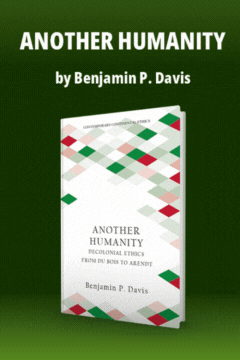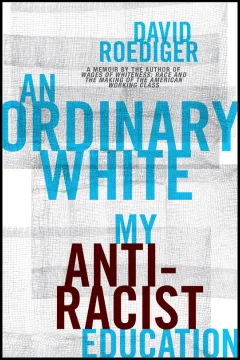Theories of Stalinism
Theories of Stalinism
Can we speak of a historical phenomenon called Stalinism? One is tempted to a brusque riposte: the answer is self-evident to millions of its victims. But this would avoid the issue raised by the question, which is whether the Stalinshchina (Epoch of Stalin) represented more than the culmination of something else—be it “Leninism,” “totalitarianism,” or, indeed, “Russia.”
Few questions have agitated students of Soviet history more, undoubtedly because one cannot think about Stalinism without interpreting the Russian Revolution and, indeed, Russian history. For Aleksandr Solzhenitsyn it
is a simple matter: there was an absolute historical break in 1917. Thereafter, his “nation, an org...
Subscribe now to read the full article
Online OnlyFor just $19.95 a year, get access to new issues and decades' worth of archives on our site.
|
Print + OnlineFor $35 a year, get new issues delivered to your door and access to our full online archives.
|






